Southeast
City in Florida providing $1M in opioid settlement money to nonprofits fighting opioid epidemic

The city of St. Petersburg, Florida, is allocating $1 million from an opioid settlement to nonprofit organizations working to address the opioid crisis through treatment and recovery support services.
As part of the settlement, St. Petersburg will receive $6 million over 18 years.
The city is looking to fill resource or service gaps in the community and plans to use the money to offer grants for new and innovative proposals that are not already being funded by existing sources, the city said in a news release.
FLORIDA TRANSIT AGENCY INCREASING ACCESSIBILITY OF NARCAN TO HELP REVERSE OPIOID OVERDOSES
The city of St. Petersburg, Florida, is allocating $1 million from an opioid settlement to nonprofit organizations working to address the opioid crisis through treatment and recovery support services. (iStock)
Grants will be awarded to proposals that offer respite housing, overdose prevention, substance use prevention and education, harm reduction and peer support, with priority given to proposals that focus on respite housing, harm reduction and peer support.
“There’s never enough help for addiction as rates continue to increase,” Matthew Schaefer, the director of operations for Real Recovery Solutions, told Fox 13.
Real Recovery Solutions, which runs sober living facilities in Pinellas County and around the Tampa Bay region, is not eligible for the grant money but does work with non-profits that can use the funds to sponsor someone, the outlet reported.
OREGON REVERSES COURSE AND RECRIMINALIZES DRUG POSSESSION
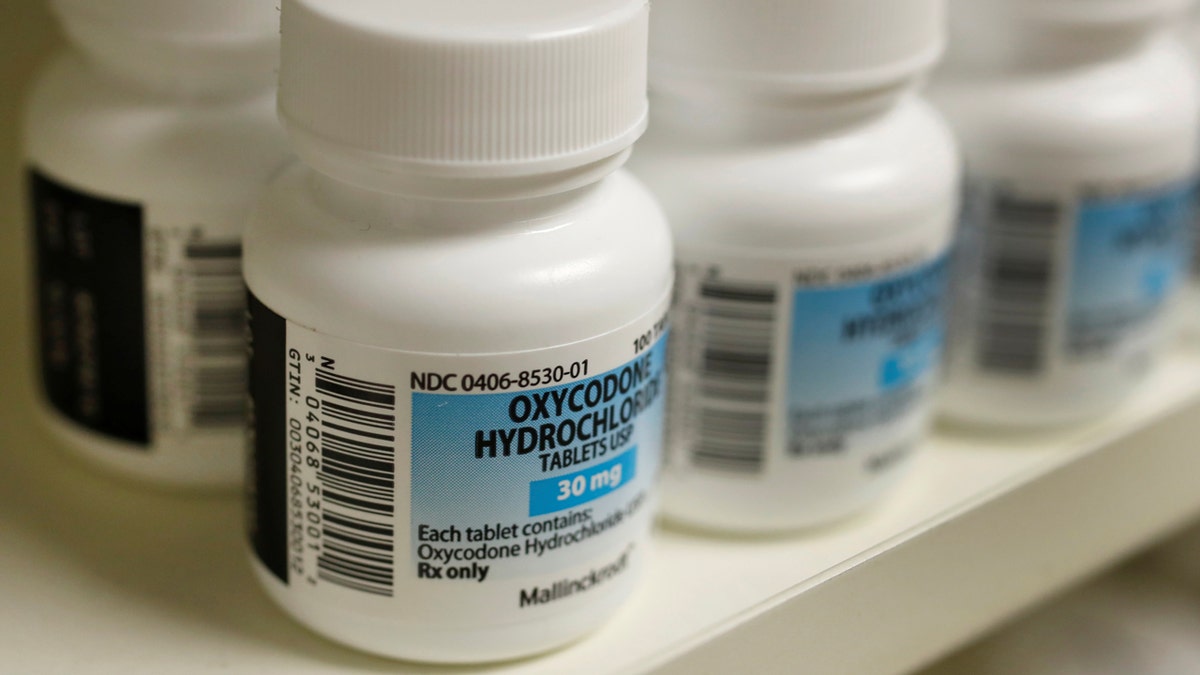
As part of the settlement, St. Petersburg will receive $6 million over 18 years. (REUTERS/George Frey/File Photo)
“[Non-profits] will fund maybe two to three weeks of sober living. And give that recovering addict a chance to go find a job and start paying their own rent,” Schaefer said.
One of the biggest needs in the region, according to Schaefer, is making detox treatment more accessible and affordable. Many detox centers are privately funded and require full payment or insurance, but others have long wait lists to get a bed.

Grants will be awarded to proposals that offer respite housing, overdose prevention, substance use prevention and education, harm reduction and peer support. (AP)
“[Addicts] are told, ‘hey, you know, we’re three to five days out from a bed.’ There’s a lack of resources for our underfunded or noninsured community. I think that that could be a big help. Unfortunately, that three to five days could really, truly be life or death,” Schaefer said.
Nonprofit groups were given until October 20 to apply for grant money through the city of St. Petersburg.
Read the full article from Here

Southeast
Missing Florida runner Arielle Valdes found dead after five-day search
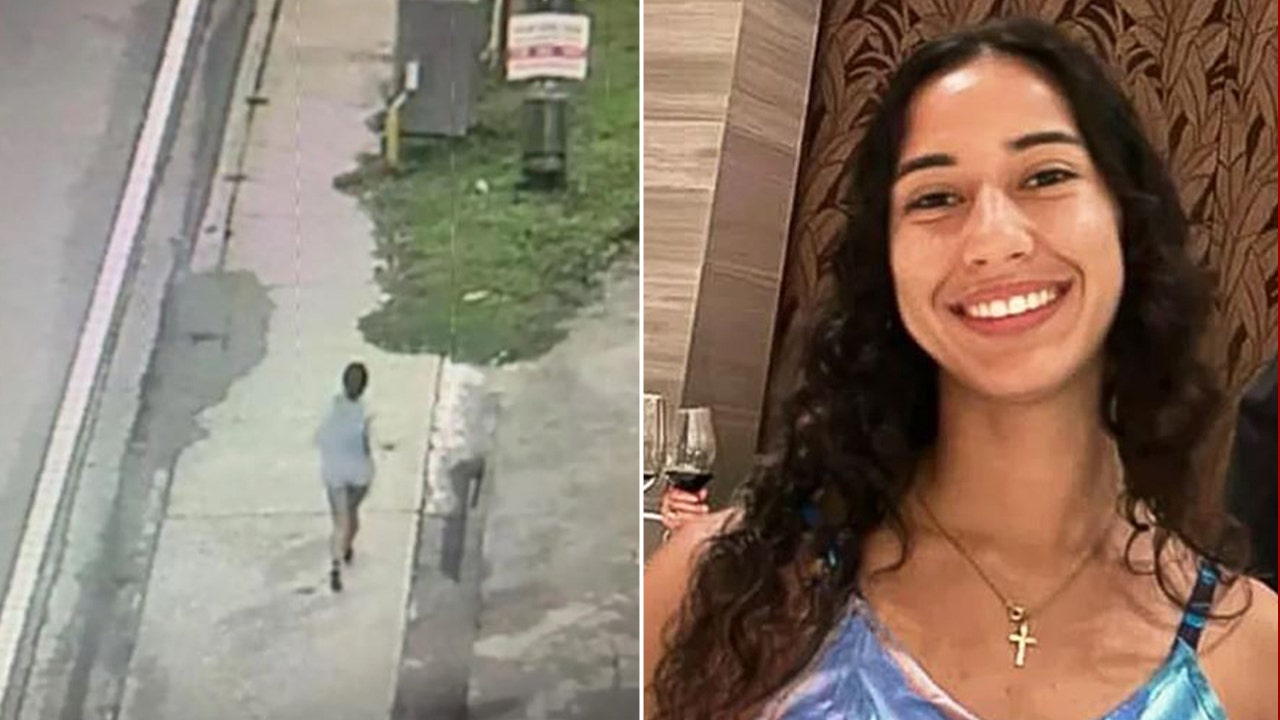
Florida authorities believe they have discovered the body of 21-year-old jogger Arielle Valdes after a five-day search for the missing woman.
Valdes, who was training for a marathon, according to the Fort-Myers News Press, was last seen leaving her home on Wednesday, Aug. 28, to go on a run on the 90th block of Mariana Avenue around 6:30 p.m. in North Fort Myers, the Lee County Sheriff’s Office said.
A Department of Transportation camera captured video of the woman running south on U.S. Route 41 about 15 minutes later, the department said. Another camera captured her running south toward the Edison Bridge just after 6:50 p.m.
A search by the sheriff’s office and civilians included marine vessels, aviation tools, drone and rapid DNA testing, People reported.
RITZY FLORIDA BEACH TOWN MAYOR SEEN TAKING FIELD SOBRIETY TEST IN BODYCAM: ‘I’M NOT THE MAYOR RIGHT NOW’
Arielle Valdes, 21, was training for a marathon when she went missing on Aug. 28. (Lee County Sheriff’s Office)
A body presumed to be Valdes’ was discovered by search crews along the Caloosahatchee River in North Fort Myers on Monday, Sept. 2.
Preliminary findings do not indicate foul play, the LCSO said. The department could not be reached at press time for further details on Valdes’ cause of death.
FLORIDA LAWYER SWINDLED OVER $1.5M FROM TRUST FUND SET UP FOR PENNSYLVANIA SIBLINGS: SHERIFF
A social media post shared by Valdes’ family during the search said that she had “been having panic attacks as of very recently and has not been speaking much the last week.”
Valdes’ mother told police that she “had been acting strange for the last couple days” and mentioned that “she was hearing demon voices in her head,” according to a police report obtained by the New York Post.
Isabella Hergert, Valdes’ sister, paid tribute in several social media posts.
DRUNKEN FLORIDA TEEN DRIVER HIT, KILLED 2-YEAR-OLD BOY ON TRICYCLE: POLICE
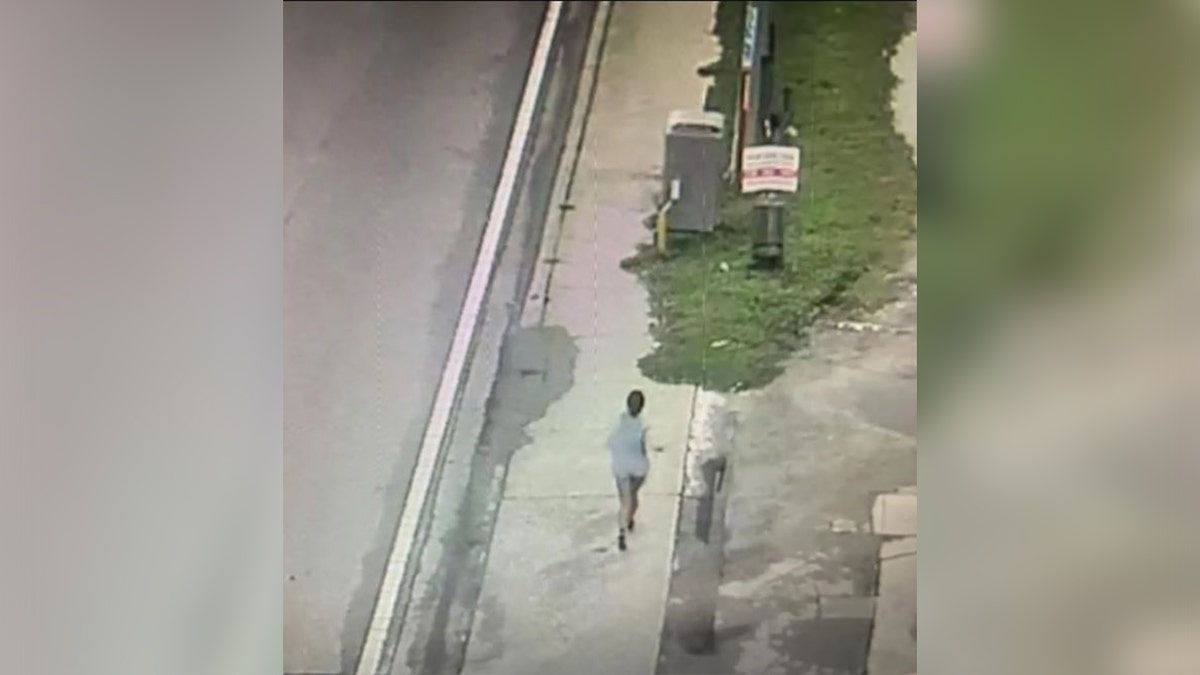
Valdes was last seen leaving her home to go on a run along the 90th block of Mariana Avenue around 6:30 p.m. in North Fort Myers, the Lee County Sheriff’s Office said. She was captured on Department of Transportation security camera footage around 6:45 p.m. (Lee County Sheriff’s Office)
“Ari you were too good for this world. I love you and I will see you again in every lifetime. You are a piece of my soul that I will always look for,” she wrote.
“My sister was a real life angel,” Hergert wrote in another post. “I know this is all for a greater purpose.”
On the “Finding Arielle Valdes” Facebook group, members of the community were thanked for their search efforts.

Valdes’ body was found between two bridges on the Caloosahatchee River in North Fort Myers. (Lee County Sheriff’s Office)
“The efforts we made together were widespread and unforgettable, showing just how powerful we can be when we unite for a common cause,” the post read. “In the face of this tragedy, we’ve proven that we are more than just neighbors – we are a true community, bound by our care and commitment to one another.”
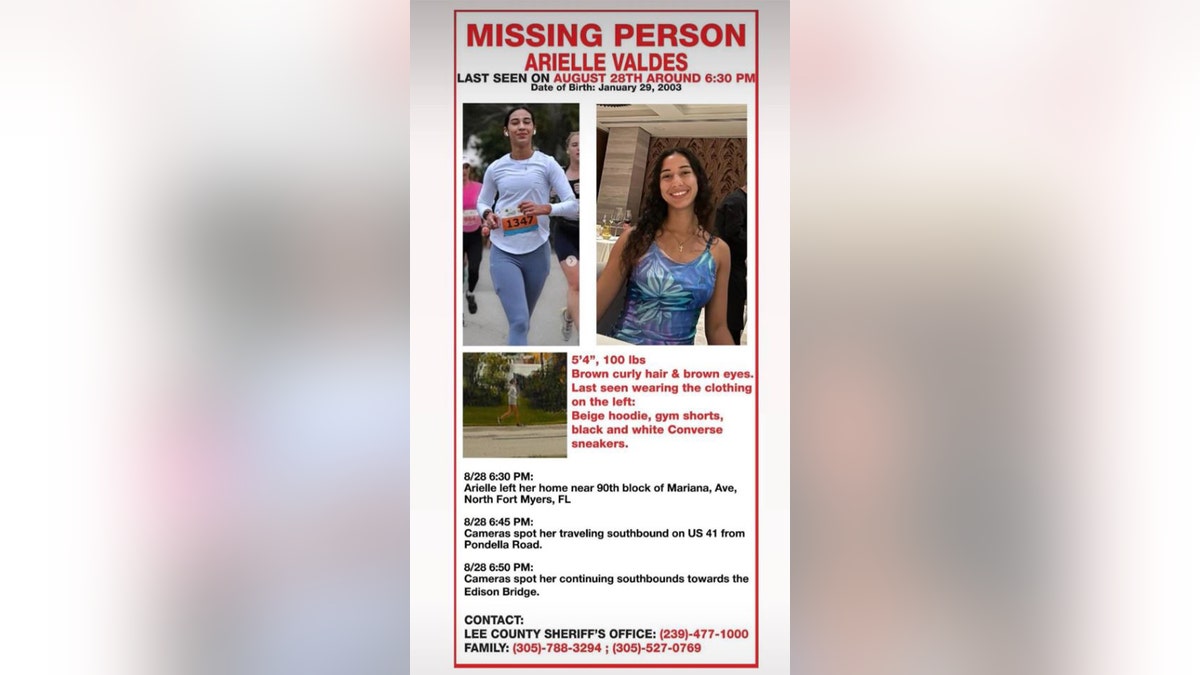
A missing poster for Arielle Valdes. (Lee County Sheriff’s Office)
Originally, a GoFundMe was organized to raise a reward for “the person who provides information to the family or police that leads directly to finding Arielle.” Now, organizer Joseph Sowels wrote in the fundraiser’s description, those funds will go directly to Hergert.
On Thursday, a memorial run in Valdes’ memory was held in Lee County, Wink News reported.
“I feel an overwhelming amount of love right now from the community, and I just want to say thank you to everyone that is here and organized this,” Hergert said at the event, the outlet reported.
Read the full article from Here
Southeast
South Carolina inmate lets lawyer choose lethal injection for execution after he was forced to pick method

A South Carolina inmate forced to choose his execution method left the decision to his lawyer, who reluctantly selected lethal injection rather than the electric chair or a firing squad.
Freddie Owens, 46, said in court papers he cannot choose his execution method because doing so would be taking an active role in his own death and, citing his Muslim faith, he believes suicide is a sin, according to The Associated Press.
Owens’ execution is set for Sept. 20 for the 1997 killing of store clerk Irene Graves during a string of robberies in Greenville, which will mark the first time South Carolina has put an inmate to death in more than 13 years after an involuntary pause in executions over struggles in recent years obtaining lethal injection drugs.
His attorney, Attorney Emily Paavola, sent the form to prison officials on Friday telling them to prepare to kill Owens by lethal injection. She also released a statement saying she remains unsure if prison officials have released enough information about the drug used in this method to ensure it will kill him without causing unbearable pain or agony that could rise to the level of cruel and unusual punishment.
SOUTH CAROLINA DEATH ROW INMATE WANTS TO DELAY EXECUTION, SAYS CO-DEFENDANT LIED ABOUT NOT HAVING PLEA DEAL
Freddie Owens, 46, said he cannot choose his execution method because taking an active role in his death goes against his Muslim faith. (South Carolina Department of Corrections via AP)
“I have known Mr. Owens for 15 years,” she wrote. “Under the circumstances, and in light of the information currently available to me, I made the best decision I felt I could make on his behalf. I sincerely hope that the South Carolina Department of Corrections’ assurances will hold true.”
Had Paavola not made a decision, state law mandates that Owens would have been killed by the electric chair, and he had said he did not want to die that way.
Once one of the busiest states for executions, South Carolina has not carried out the death penalty since 2011 due to trouble in recent years obtaining lethal injection drugs over pharmaceutical companies’ concerns that they would have to disclose that they had sold the drugs to state officials.
But the state legislature passed a shield law last year allowing officials to keep lethal injection drug suppliers private and the state Supreme Court ruled that the electric chair and firing squad would also be available as execution methods.
South Carolina previously used a mixture of three drugs, but will now use one drug, the sedative pentobarbital, for lethal injections in a protocol similar to that of the federal government.
Owens is one of six inmates who have exhausted their appeals seeking to avoid execution. South Carolina currently has 32 inmates on death row.
His attorneys have filed several legal motions since his execution date was set two weeks ago in which they sought to delay his death, but there have been no delays thus far.
He had requested to delay his execution, so his lawyers could argue his co-defendant lied about having a plea deal to testify against Owens in exchange for avoiding the death penalty or a life sentence. Co-defendant Steven Golden testified that Owens shot Graves in the head because she was unable to open the safe at the Greenville store 27 years ago.
“My written plea agreement said the death penalty and life without parole were still possible outcomes and there were no specific guarantees about what my sentence would be,” Golden wrote in a sworn statement last month. “That wasn’t true. We had a verbal agreement that I would not get the death penalty or life without parole.”
SOUTH CAROLINA’S FIRST EXECUTION IN MORE THAN 13 YEARS SET FOR NEXT MONTH
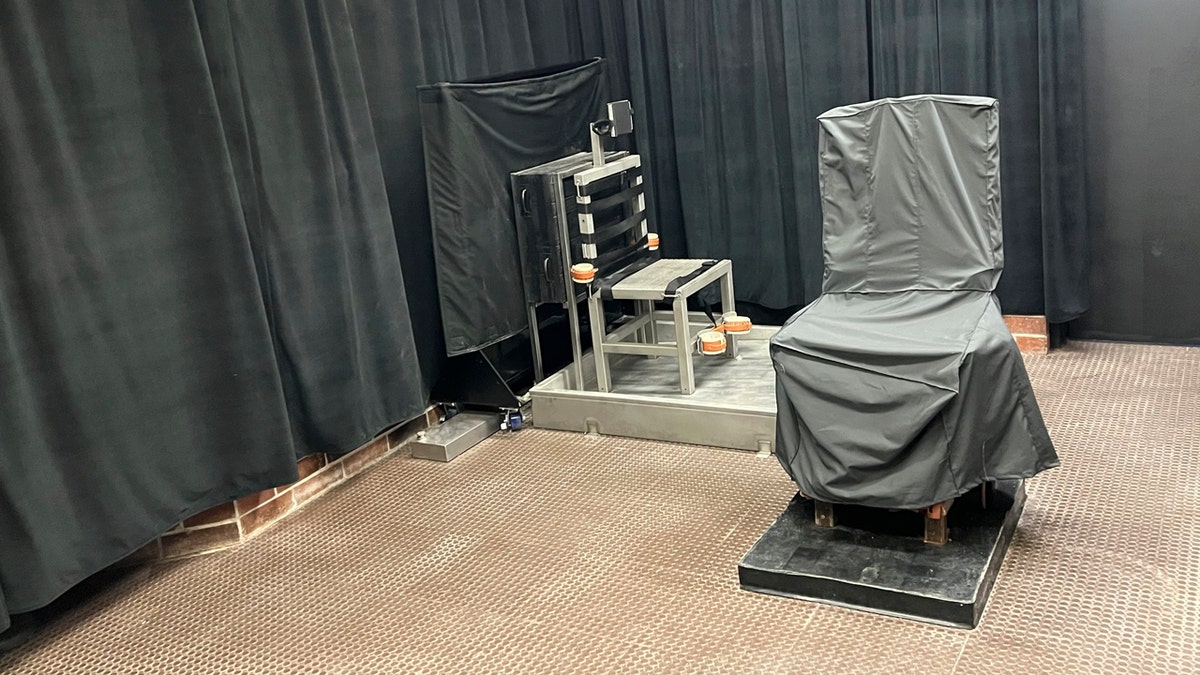
If his lawyer had not made a decision, state law mandates that Owens would have been killed by the electric chair, and he had said he did not want to die that way. (South Carolina Department of Corrections via AP, File)
Golden was sentenced to 28 years in prison after pleading guilty to a lesser charge of voluntary manslaughter, court records show.
The store had surveillance video, but it did not show the shooting clearly. Prosecutors never found the weapon used in the shooting and failed to show any scientific evidence linking Owens to the killing.
Prosecutors said the co-defendant’s testimony was supported by Owens’ confession to his mother, girlfriend and investigators.
State attorneys said concerns over lies about the plea deal and whether jurors could have been biased against Owens after seeing an electronic stun device he was wearing during trial have been handled in multiple appeals and two additional sentencing hearings that also recommended the death penalty after other judges overturned his initial punishment.
“Owens has had ample opportunity to litigate claims regarding his conviction and sentence. He is due no more,” the South Carolina Attorney General’s Office wrote in a court filing.
Owens’ lawyers are also asking for his death sentence to be set aside, at least temporarily, because he was only 19 at the time of the crime and scans show his brain was not fully developed. The lawyers also said a jury was never asked to determine if Owens alone killed the clerk and argued his sentence is too harsh because less than 1% of murder convictions over an armed robbery result in death sentences.
He also sought to delay his execution by arguing the state failed to release enough information about the drug used for lethal injections.
The state Supreme Court said when upholding the new shield law that prison officials had to give a sworn statement that the pentobarbital set to be used under the state’s new lethal injection method is stable, pure and potent enough to kill an inmate.
Corrections Director Bryan Stirling said technicians at the State Law Enforcement Division laboratory tested two vials of the sedative and assured him the drugs are adequate, but released no other details.
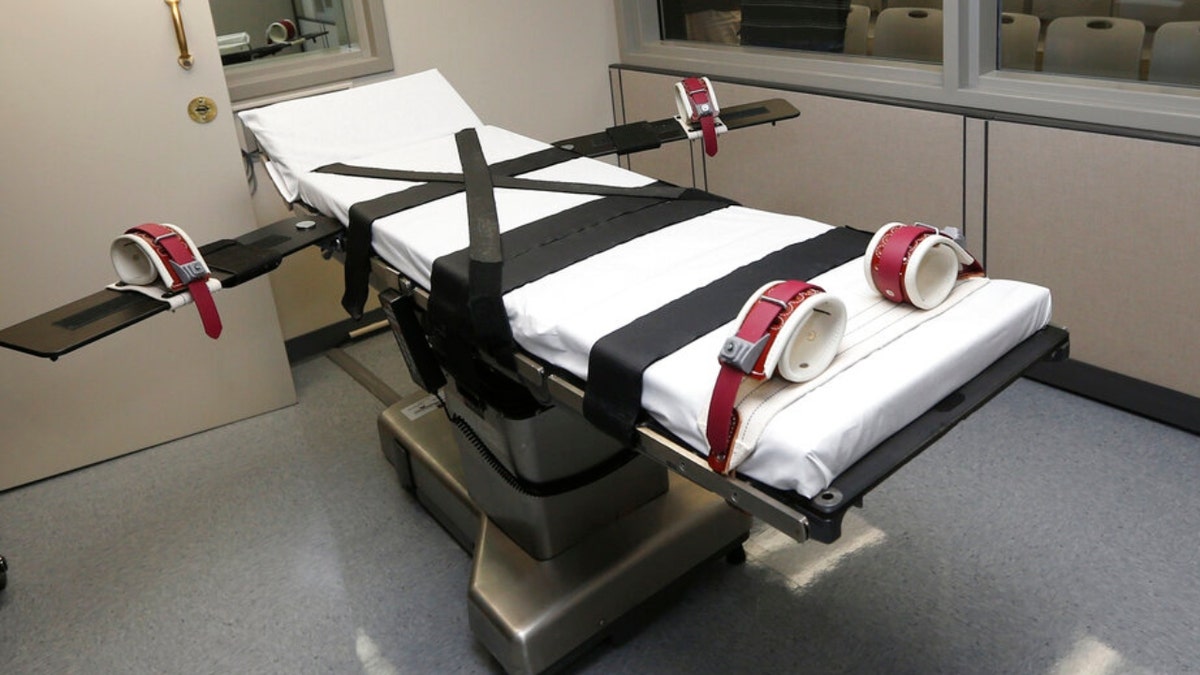
Owens’ execution is set for Sept. 20 for the 1997 killing of store clerk Irene Graves during a string of robberies in Greenville. ((AP Photo/Sue Ogrocki, File))
Owens’ lawyers asked for more information, including the full report from the lab, the expiration date of the likely compounded drug and how it would be stored, citing a photo of a syringe of an execution drug from 2015 in Georgia that crystalized because it was stored too cold.
The South Carolina Supreme Court ruled Thursday that prison officials had released enough information.
The only way for Owens to avoid execution at this point is for the governor to grant clemency and reduce his death sentence to life in prison. But no governor has done that in the state’s 43 executions since the death penalty was restarted in the U.S. in 1976.
Republican Gov. Henry McMaster has said he will follow longtime tradition and not announce his decision until prison officials make a call from the death chamber just moments before the execution is set to be carried out.
The Associated Press contributed to this report.
Read the full article from Here
Southeast
Georgia school shooting investigators zero in on 14-year-old suspect’s internet history, past: expert
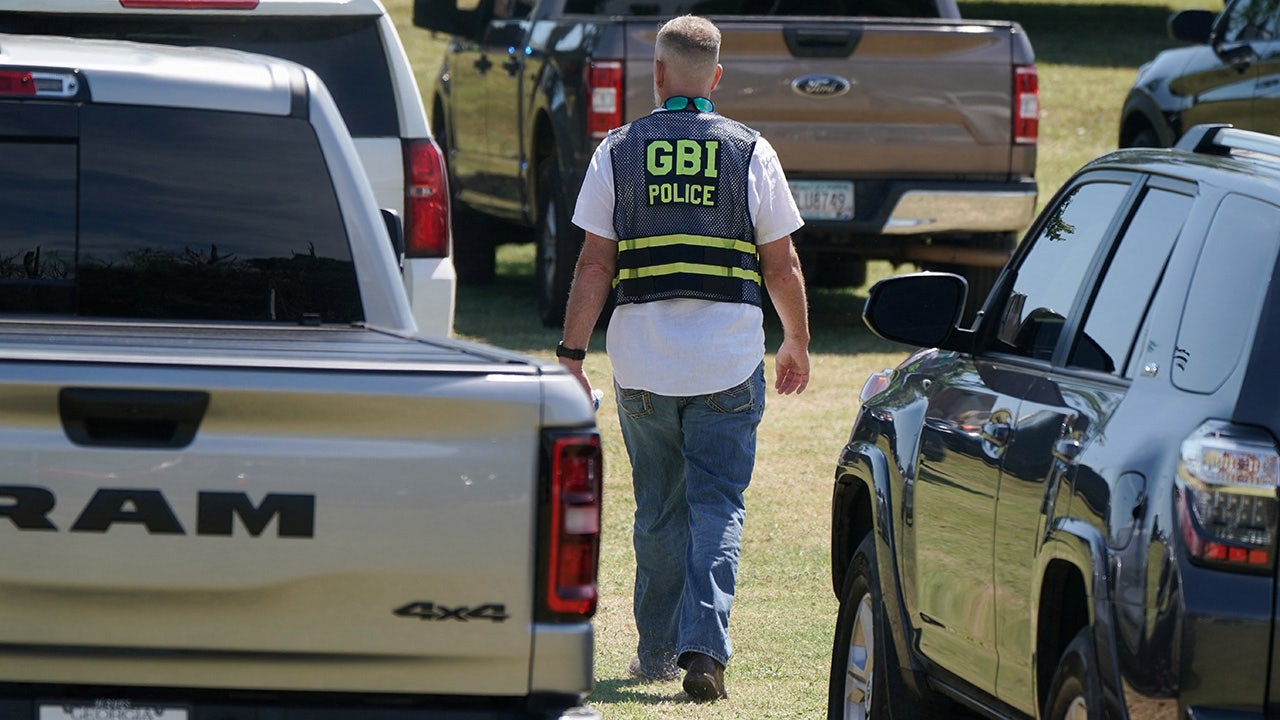
WINDER, Ga. – A law enforcement expert weighed in following the tragic mass shooting at a small Georgia high school that left two students and two teachers dead and wounded nine others on Wednesday.
Matthew Fagiana, a retired police sergeant and law enforcement consultant, told Fox News Digital that responding officials are zeroing in on the 14-year-old suspect’s past and motive at the start of the investigation.
“Things such as the timeline of the incident. A chronological history of the suspect leading up to the shooting, a deep look into the suspect’s past for things such as interactions with the victims, the existence of any indications of violent behavior, statements or social media posts that could help them develop a motive, and recent internet history,” he said.
“And that, of course, only scratches the surface of the investigation,” he added.
APALACHEE HIGH SCHOOL STUDENTS RECOUNT HORROR OF DEADLY SHOOTING
A law enforcement officer works near the scene of a shooting at Apalachee High School in Winder, Georgia, on Sept. 4, 2024. (REUTERS/Elijah Nouvelage)
Fagiana noted that responding agencies, including the FBI’s Atlanta field office and Jackson County Sheriff’s Office, are combing the scene of Apalachee High School to construct an “accurate picture” of the suspect’s pathway through the school.
“I can only assume that the crime scene at the school is quite large,” he said. “Those types of scenes require a very meticulous examination and collection of evidence – things like logging locations of evidence, spent casings. They’re going to reconstruct the scene and be able to show an accurate picture of the suspect’s entry and his path throughout the shooting.”
GEORGIA HIGH SCHOOL WHERE DEADLY SHOOTING HAPPENED GETS WAVE OF EMOTIONAL RESPONSES FROM FOOTBALL RIVALS
The 14-year-old suspect, Colt Gray, surrendered to authorities and was taken into custody following the rampage. Authorities said he is expected to be charged as an adult with murder.
“One important piece of the suspect being taken into custody will be the interviews he provides to investigators,” he said. “Any time we have someone who commits a mass killing, one of the most important questions we are trying to answer is the ‘why.’ And because many school shooters either kill themselves, or are killed by law enforcement to prevent further harm to others, we are often left without the ‘why’ and can only develop theories based on their history and any evidence they leave behind.”
“So when a suspect is taken into custody, law enforcement and experts on many levels will hope to use his statements and evaluations as a chance to mitigate the likelihood of these events happening again. I think most people agree that individuals who commit these type of crimes have something psychologically that differs from that of most of us – people who would never consider doing something like this.”

Law enforcement arrive as students are evacuated to the football stadium after the school campus was placed on lockdown at Apalachee High School in Winder, Georgia, on Wednesday, Sept. 4, 2024. (AP Photo/Jeff Amy)
Fagiana highlighted the significance of the school resource officers (SRO) who took the student into custody, saying that they “saved lives.”
GEORGIA HIGH SCHOOL SHOOTING: BIDEN DECRIES ‘MORE SENSELESS GUN VIOLENCE’
“While we don’t have all the details surrounding the response yet, it’s safe to assume that the moment the SRO took the suspect into custody, more lives were likely saved,” he said. “All across America there exist examples of SROs being a very important addition to school security and the safety of our children and teachers. It’s an important piece of the puzzle in our effort to mitigate the likelihood of school shootings.”
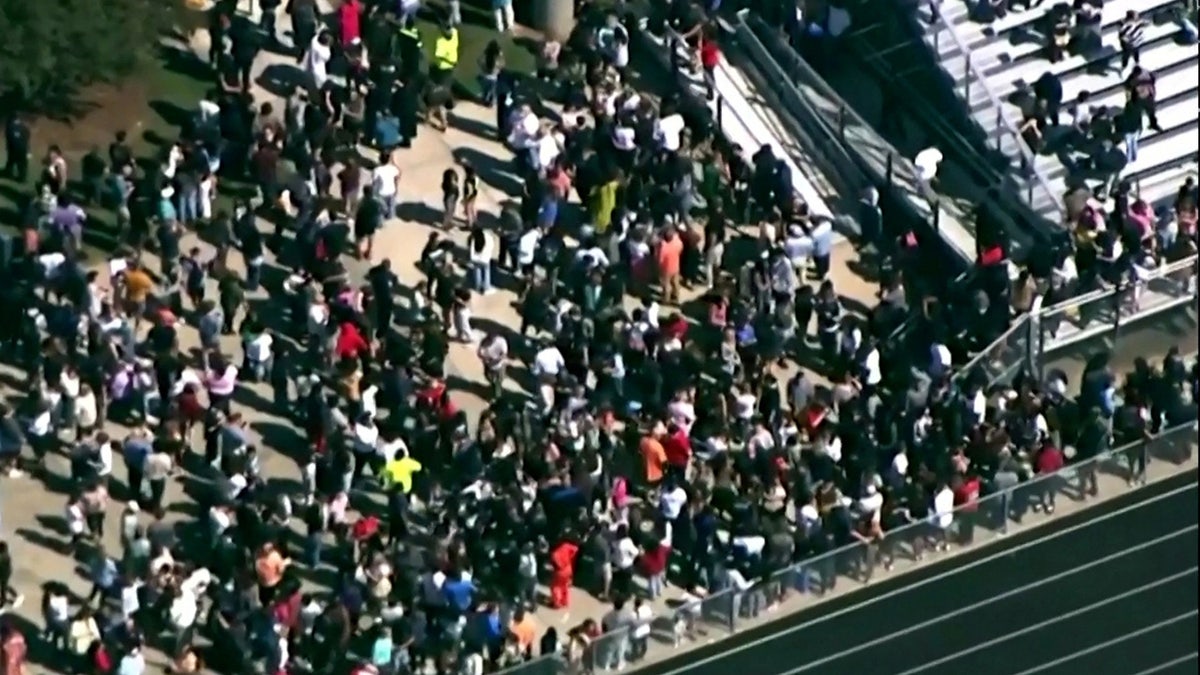
Students and staff gather next to the football field after law enforcement officers responded to a fatal shooting at Apalachee High School in a still image from aerial video in Winder, Georgia, on Sept. 4, 2024. (ABC Affiliate WSB via REUTERS)
He noted the importance of balancing the delicacy of the victim’s families and informing the community.
“An extremely significant priority is supporting the families of the victims right now. They’re hurting and need answers and law enforcement will remain committed to addressing their needs throughout these next several days,” Fagiana said.
“Law enforcement has a few goals in terms of communication at this stage. The main one is to inform and listen to the people in their community who are directly affected by this. And, of course, next is to inform the media and the communities around the world that are watching.
“Law enforcement will work hard to find a balance between providing information that they have but also protecting the integrity of the investigation,” he said. “There is a person who will be on trial for murder and their goal is to make sure that whatever information they give out publicly now doesn’t threaten the successful prosecution of this suspect.”
The FBI and Jackson County Sheriff’s Office did not immediately respond to Fox News Digital’s request for comment.
Read the full article from Here
-

 Politics1 week ago
Politics1 week agoTrump impersonates Elon Musk talking about rockets: ‘I’m doing a new stainless steel hub’
-

 World1 week ago
World1 week agoBrussels, my love? Is France becoming the sick man of Europe?
-

 Politics1 week ago
Politics1 week agoHarris says no regrets about defending Biden fitness for office
-
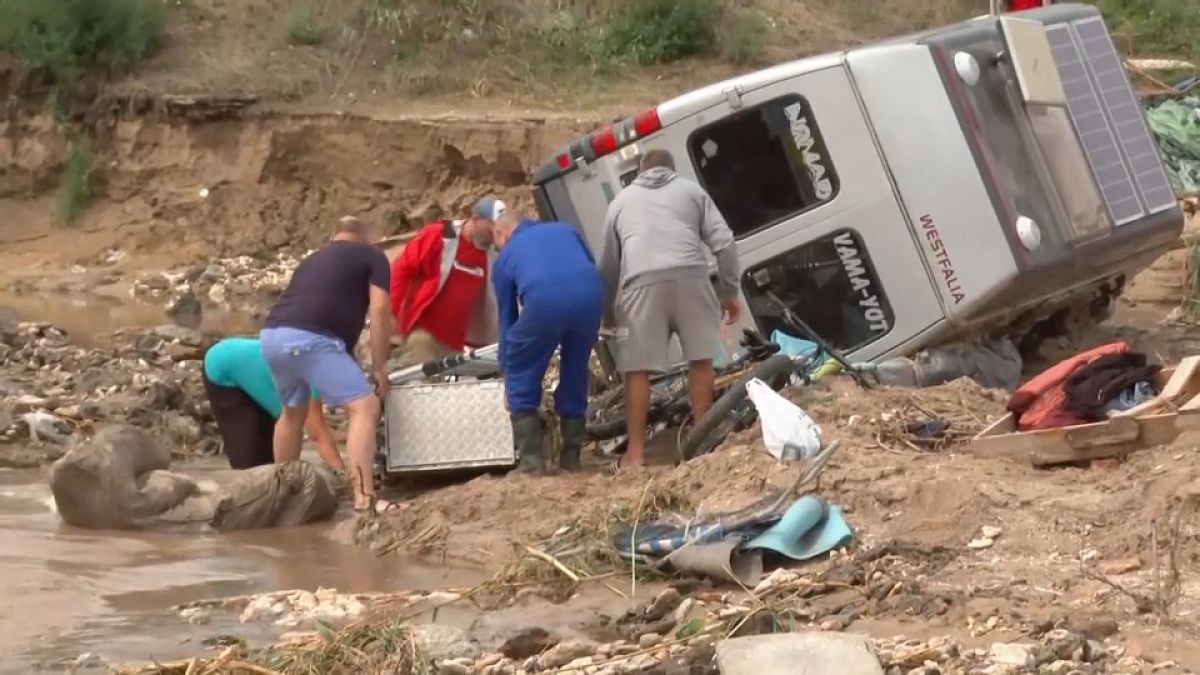
 World1 week ago
World1 week agoLocals survey damage after flooding in eastern Romania
-

 World1 week ago
World1 week agoWhy is Belgium struggling to name a European Commissioner?
-
:max_bytes(150000):strip_icc():focal(722x354:724x356)/Angelina-jolie-becomes-maria-callas-100923-01-2cce48d3de044c459234fd2c2ef1e0d7.jpg)
:max_bytes(150000):strip_icc():focal(722x354:724x356)/Angelina-jolie-becomes-maria-callas-100923-01-2cce48d3de044c459234fd2c2ef1e0d7.jpg) Movie Reviews1 week ago
Movie Reviews1 week ago'Maria' Reviews: What Critics Are Saying About Angelina Jolie's Transformation and Singing as the Opera Diva
-

 World7 days ago
World7 days agoTaiwan court orders release of ex-Taipei mayor arrested in corruption probe
-

 Politics1 week ago
Politics1 week ago'For election purposes': Critics balk at Harris' claim she will 'enforce our laws' at southern border












